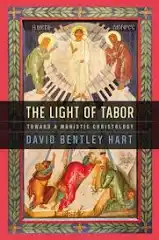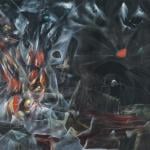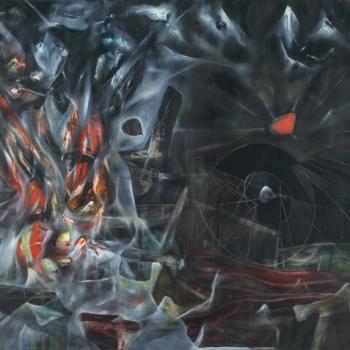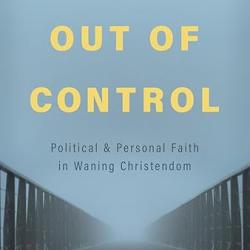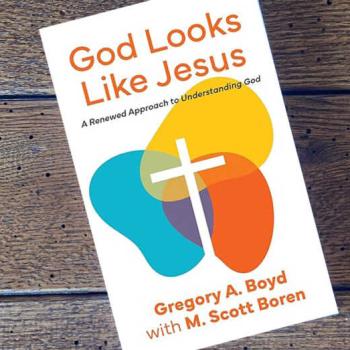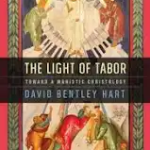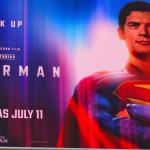I have before reviewed books by theologian David Bentley Hart. Before launching into this altogether unworthy one, I want to thank The University of Notre Dame Press for sending me Advanced Uncorrected Page Proofs of The Light of Tabor: Toward a Monistic Christology (forthcoming, 2025).
Hart is by most accounts a very astute, erudite, creative thinker, even if, by some accounts, a controversial one. He is Christian. It has been reported that he affiliates somehow with the Eastern Orthodox tradition, but I do not know the specifics.
Now to the book. It is worth the cost in that it stretches the reader’s theological “brain muscles.” It made me think and think hard. I had to read very carefully. Hart’s prose is daunting. His sentences long. His vocabulary challenging.
Recently a friend returned from Ethiopia. She asked me about the Ethiopian Orthodox Church which she encountered there. She and I could encounter it here—in the large metropolitan area in the American Mountain Region. There are now Ethiopian Orthodox churches in virtually every American city of any size.
I explained to her that the Ethiopian Orthodox Church is, of course, a Christian church, but different in some ways from the Eastern Orthodox churches, the Roman Catholic Church, and all Protestant churches. How so? It is “miaphysitist” in its Christology. Some would call it “Monophysite.” The gist, I explained, is that Ethiopian Orthodox Christians affirm the Trinity but not Chalcedon, the hypostatic union doctrine, belief that Jesus Christ was and is one unified person possession two distinct natures, human and divine. They, together with the Coptic Orthodox Church (Egyptian) believe Jesus Christ had/has one nature, human and divine. Critics describe that as a kind of “hybrid” of the human and divine, something LIKE the fifth century Constantinopolitan monk Eutyches taught—that Jesus’s humanity was swallowed up in his deity like a drop of wine in the ocean. I’m sure Oriental Orthodox Christians would object to being lumped together with Eutyches, but they often are. More to their liking would by Cyril of Alexandria except that he reluctantly affirmed the decision of the Council of Ephesus (431).
What has that all got to do with Hart? In The Light of Tabor Hart affirms a “monistic Christology” by which he means one in which Jesus Christ was and is the chief exemplification of the eternal underlying oneness of divine and human natures or spirits. “God became human by Jesus being from the very first a man always wholly become God—which is also to say, wholly become the perfection of the human in its only natural end.” (85)
Also: “In Christ the perfect coincidence of the divine and human, or of the infinite and finite—that perfect moment of indistinction between the divine and the human that is the mystery hidden in God from the foundation of the world—is also the perfection of our humanity in our own nature. And we shall truly know that mystery only when we shall cease to be opaque to our own first source of being.” (87-88) “The ‘atman’ within us exists only in ‘Brahman.” (88)
Hart freely admits to being influenced by: Origen, Plotinus, Eckhart, and Bulgakov and of being “unapologetically Neoplatonist.” (89)
Back to Ethiopia. I have no idea if Ethiopian Orthodox theologians would agree with Hart or consider him a heretic. Or something else. But there is some sense in which Hart’s Christology is miaphysite. But not because Christ’s humanity was swallowed up in his divinity like a drop of wine in the ocean but because he denies any ultimate duality between the divine and the human. That is clear if you read the book with care. And it goes back to his previous book You Are Gods: On Nature and Supernature (2022) which I reviewed here.
Is Hart’s metaphysic heretical? Is his Christology a heresy? Those are the questions I put to you. What say you?
*Note: If you choose to comment, make sure your comment is relatively brief (no more than 100 words), on topic, addressed to me, civil and respectful (not hostile or argumentative), and devoid of pictures or links.*


